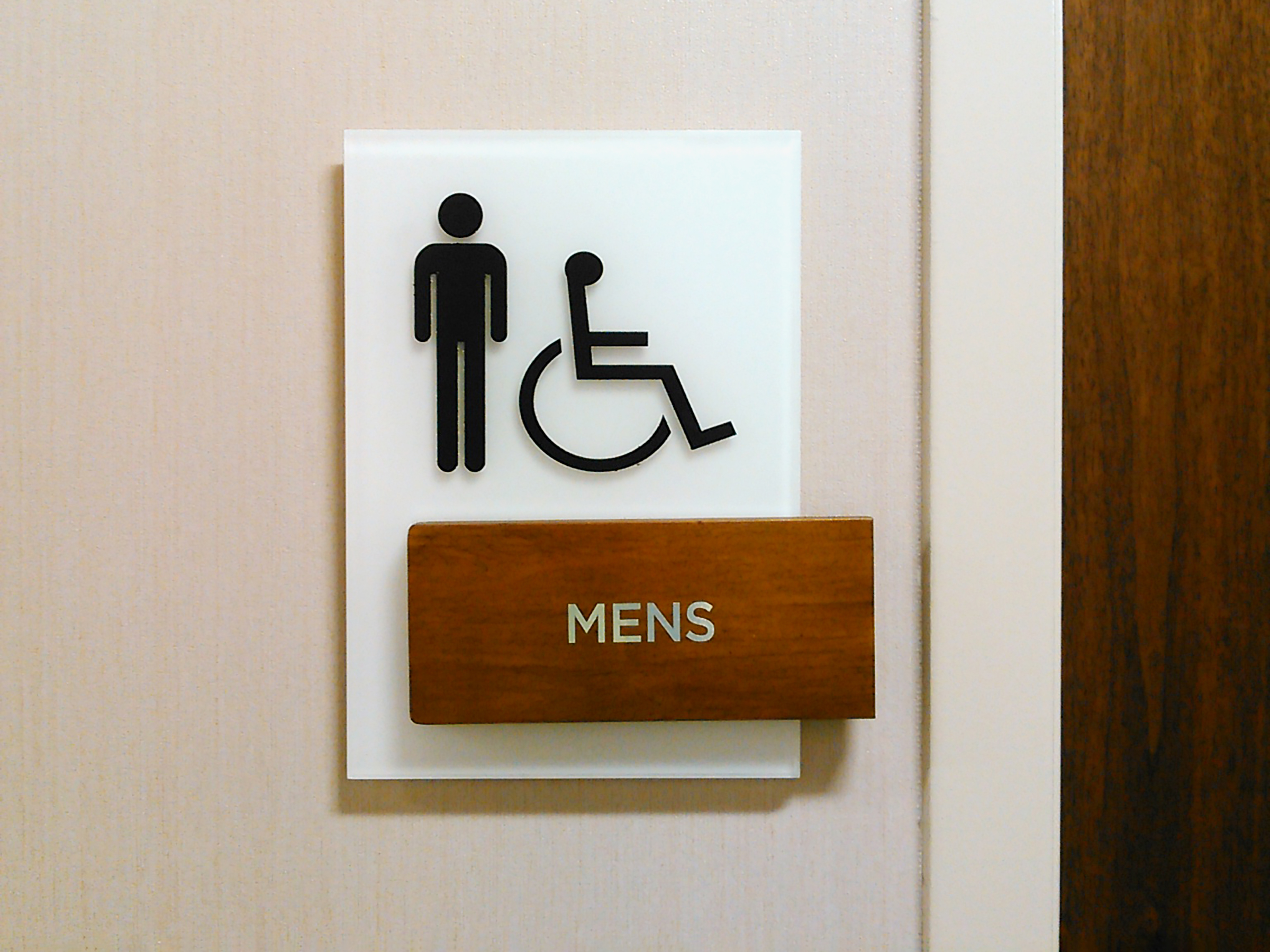The Duty of ADA Signs in Adhering To Access Specifications
The Duty of ADA Signs in Adhering To Access Specifications
Blog Article
ADA Signage: Guaranteeing Ease Of Access and Compliance in Public Spaces
ADA signage plays a crucial role in assuring access and compliance within public spaces, significantly adding to an inclusive setting for people with specials needs. As we check out the nuances of ADA signage, from tactile functions to develop intricacies, it's essential to consider exactly how these elements integrate to copyright the civil liberties of all users.
Relevance of ADA Signs
In modern society, the value of ADA signage expands beyond mere compliance with lawful requireds to personify a commitment to inclusivity and access for all individuals. These indications are essential in producing environments where individuals with disabilities can browse public spaces with the same ease and independence as those without handicaps. By giving standardized and clear details, ADA signs guarantees that every person can access facilities, services, and information without barriers.
The significance of ADA signage hinges on its capacity to boost the lifestyle for individuals with disabilities by advertising equivalent accessibility. It gets rid of the challenges that might otherwise hinder their ability to take part totally in neighborhood life. These indicators serve as noticeable signs of an organization's devotion to diversity and equality, reflecting broader social values that promote the rights and dignity of all individuals.
Moreover, ADA signage plays a vital function in public safety. By leading people to leaves, washrooms, and various other essential centers, it guarantees that all people, regardless of physical capacity, can leave securely throughout emergency situations. In recap, ADA signs is not just a regulative requirement but an effective device for promoting a fair and comprehensive culture.
Key Aspects of Conformity

Placement is important; signs have to be mounted in locations that are obtainable and conveniently noticeable. Generally, signage ought to be mounted between 48 and 60 inches from the ground to make sure accessibility for both standing and wheelchair individuals. Responsive elements, such as Braille, are crucial for individuals with aesthetic impairments, offering crucial information in a non-visual format.
High-contrast shades in between the text and history are essential to improve readability for individuals with reduced vision. The ADA mandates specific comparison ratios to ensure quality. Furthermore, personality dimension is a vital factor to consider, with minimum height needs dictated by the watching range to guarantee readability from numerous angles.
Style Considerations for Accessibility
Creating available signage calls for a thorough strategy to guarantee it fulfills the needs of all users, especially those with handicaps. The size of the message is equally crucial, with ADA standards advising a minimum height based on watching range to guarantee clarity.
Contrasting colors between message and history are important for presence, especially for people with aesthetic impairments. Furthermore, responsive components, such as Braille and elevated personalities, are important for people who are blind or have reduced vision.
Furthermore, the positioning of signage plays a significant role in accessibility. Indicators ought to be mounted in areas that are unblocked and quickly reachable. Making certain that signage is installed at proper heights and angles allows all customers, including those making use of mobility devices, to communicate with them effectively.
Common Errors to Avoid

One more common error is the incorrect positioning of signage. ADA guidelines define precise height and place demands to ensure that indicators are reachable and easily noticeable by all individuals, consisting of those utilizing wheelchairs. Neglecting these standards not only hampers ease of access however additionally takes the chance of non-compliance with lawful requirements.
Additionally, insufficient comparison between message and history is a constant oversight. Adequate contrast is essential for readability, specifically for people with reduced vision. Developers often select colors that are aesthetically attractive but lack the required contrast, rendering the message tough to determine.
Finally, some designers fail to include responsive elements, such as Braille, which are essential for individuals that sites are blind. Omitting these features not only leads to non-compliance with ADA policies however likewise limits access for a sector of the population that relies upon responsive information.
Future Trends in Signage
Improvements in technology and boosting understanding of inclusivity are shaping the future trends in signage style. Digital signage, for circumstances, is evolving to include interactive features and real-time updates, which can be essential in offering dynamic details in public areas.
Another arising fad is the application of augmented fact (AR) to improve individual experience. AR-enabled signs can overlay digital info onto the physical environment, supplying visually impaired individuals with auditory or haptic feedback. ADA Signs. This innovation not only enhances accessibility however also develops an appealing experience for all individuals
Sustainability is additionally a significant element affecting signs patterns. Environmentally friendly materials and energy-efficient illumination options are being Read Full Report focused on to align with global environmental objectives. Moreover, innovations in products science are causing the growth of more long lasting and weather-resistant indications.
Conclusion
ADA signs plays a crucial function in assuring ease of access and conformity within public rooms by including tactile aspects, high-contrast colors, and strategic positioning. The adherence to ADA requirements not just assists in risk-free navigation for individuals with impairments however additionally indicates a company's commitment to variety and inclusivity. By avoiding common errors and welcoming future fads, public spaces can continue to advance these values, making sure that the legal rights and dignity of all individuals are appreciated and supported.
ADA signage plays a vital function in guaranteeing availability and compliance within public spaces, significantly adding to an web link inclusive setting for individuals with specials needs. As we discover the nuances of ADA signage, from tactile attributes to develop details, it's vital to take into consideration just how these components integrate to maintain the rights of all individuals.In modern-day society, the relevance of ADA signage expands beyond mere conformity with lawful requireds to personify a dedication to inclusivity and ease of access for all people. By supplying clear and standard details, ADA signs makes certain that every person can access centers, services, and info without barriers.
ADA signs plays an essential role in assuring accessibility and conformity within public rooms by including tactile aspects, high-contrast colors, and critical placement. (ADA Signs)
Report this page